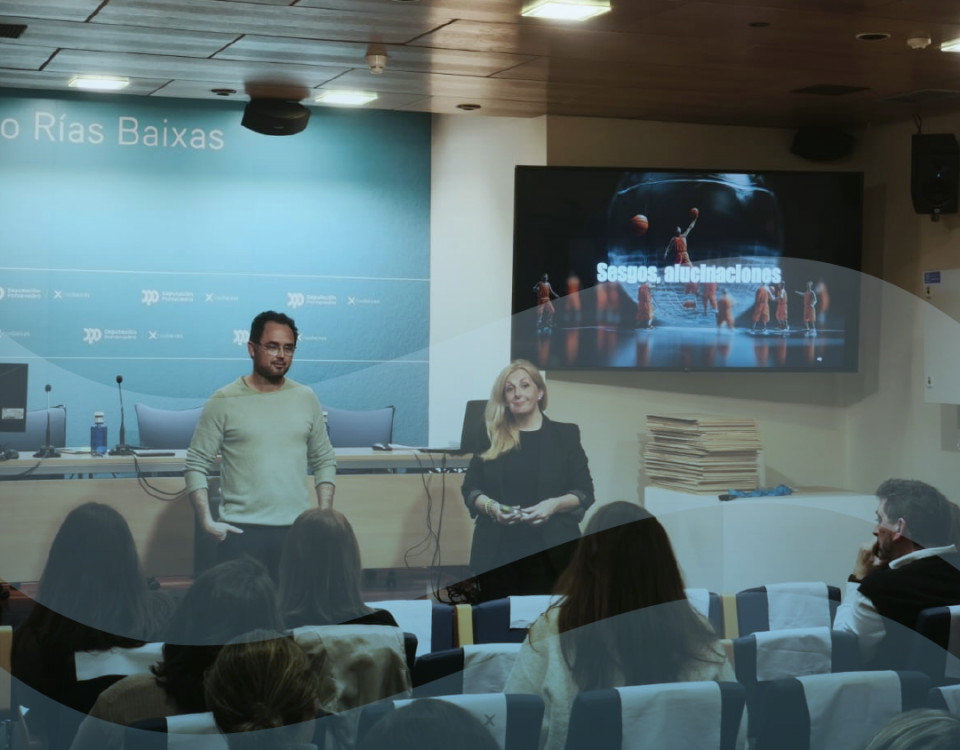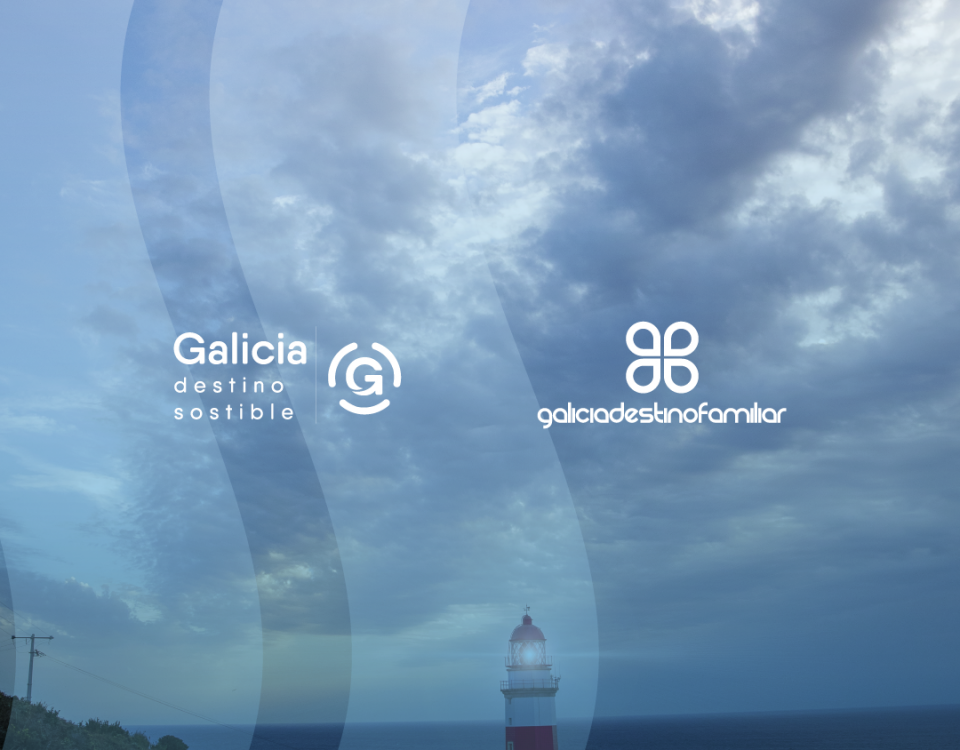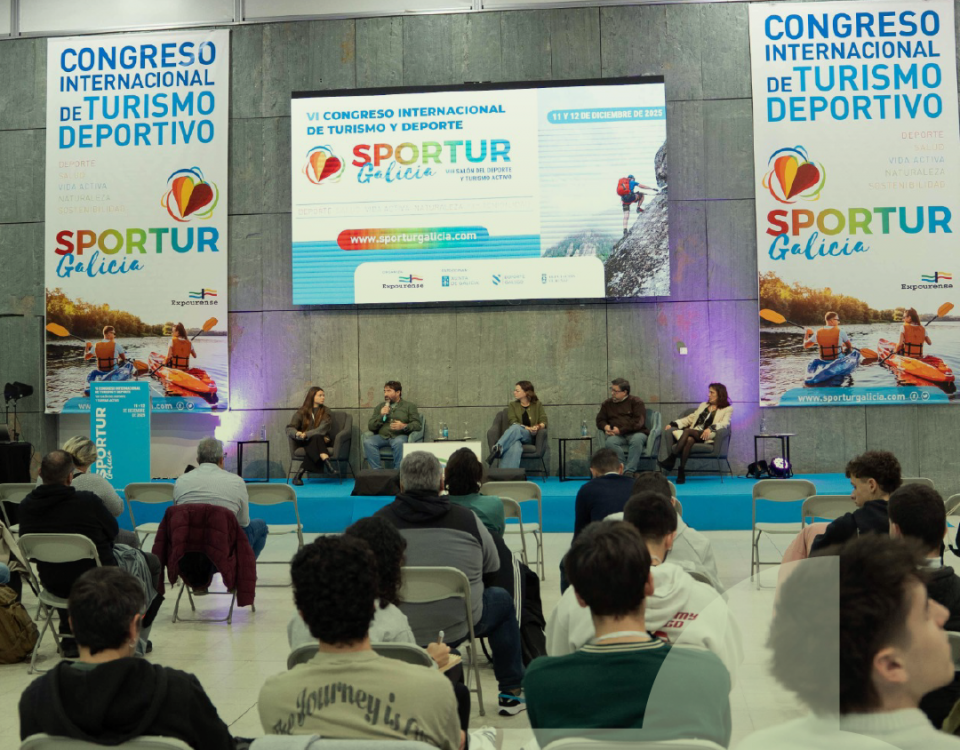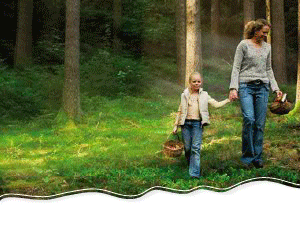- El mejor turismo de galicia
The Xunta proposes the rehabilitation of the San Fernando Barracks for its transformation into a Parador-Museum in Lugo
The Xunta proposes the rehabilitation of the San Fernando Barracks for its transformation into a Parador-Museum in Lugo
The study estimates the economic impact in the first year at €1.6 million, with the creation of jobs, the projection of the destination and the attraction of foreign tourism.
The Xunta de Galicia presented its integral plan to rehabilitate and recover the uses of the Barracks of San Fernando, at the same time that the cultural and tourist infrastructures of Lugo will be improved and expanded, transforming this Asset of Cultural Interest into a Parador-Museum of which 50% of the project would be financed.
The proposal of the Xunta seeks to develop all the tourist potential of Lugo through a proposal that includes the creation of a Parador-Museum in the Barracks of San Fernando with a space for in situ musealization to disseminate the valuable heritage found among Lugo and visitors. It would be a four-star Parador thematically oriented to the romanization of Lugo and Galicia that, according to estimates, would have an economic impact of € 1.6 million in its first year and would generate a minimum of 30 direct jobs, in addition to the multiplier effect in the area.
As explained by the head of Culture and Tourism, the approximate cost of this project would be around 10.8 million euros and the Xunta is committed to pay 50% of this amount, while the other 50% should be provided by the various institutions involved. In this sense, called the sum of wills, which will contribute to boost the cultural and tourist offer of the city, while favoring the recovery of this emblematic building.
An accredited model of success
“Lugo is the missing piece in Paradores”, said the Regional Minister, who stressed that the protection and enhancement of the BIC in San Fernando is “the nuclear motivation” of the project and detailed its impact on the territory, generating wealth, cultural dynamism and projection as an urban and cultural destination of reference. In this regard, he recalled the success of the Parador model, which currently has a club of loyal customers of one million members and manages to attract a large number of visitors, many of them foreigners, which would be a revulsive for the Lugo tourist offer and for its internationalization, giving the city the wall of approximately 45 rooms and more than 100 seats, three rooms to accommodate a total of 175 people as well as a restaurant and a breakfast room focused on the local product with capacity for 75 diners.
At the same time, the Integral Project to promote cultural tourism in Lugo includes a reformulation of the city’s museographic offer through the creation of a museum of Romanisation through the shared management of several centres, among them the Interactive Museum of the History of Lugo (MIHL), owned by the municipality, the Castro de Viladonga, in Castro de Rei, owned by the Autonomous Community, as well as the San Fernando Barracks through the in situ musealisation of the findings.
Revitalisation of the A Tinería neighbourhood
The plan also includes an improvement of the existing cultural and tourist endowments in the city taking advantage of the rehabilitation projects of historic buildings that the Galician Government is undertaking in the city through the Instituto Gallego de Vivenda e Solo. The first of them is to locate in the Pazo de Doña Urraca the first headquarters of the Galician Centre of Contemporary Art outside Santiago de Compostela after 25 years of accredited trajectory. In this way, the emblematic district of A Tinería would be given a boost by setting up a new space within the city’s museographic proposal, which would host exhibitions of outstanding authors at a national and international level and would allow the diffusion of local artists, also encouraging creativity.
Finally, it proposes that the Tower-House in the A Tinería neighbourhood, which is also being refurbished by the regional administration, should house the tourist office of the Xunta, as well as the headquarters of the Provincial Association of Hotel and Catering Businessmen of Lugo. This will create synergies with the sector, advancing in a model of public-private collaboration that would complete the project to promote food and wine tourism.









